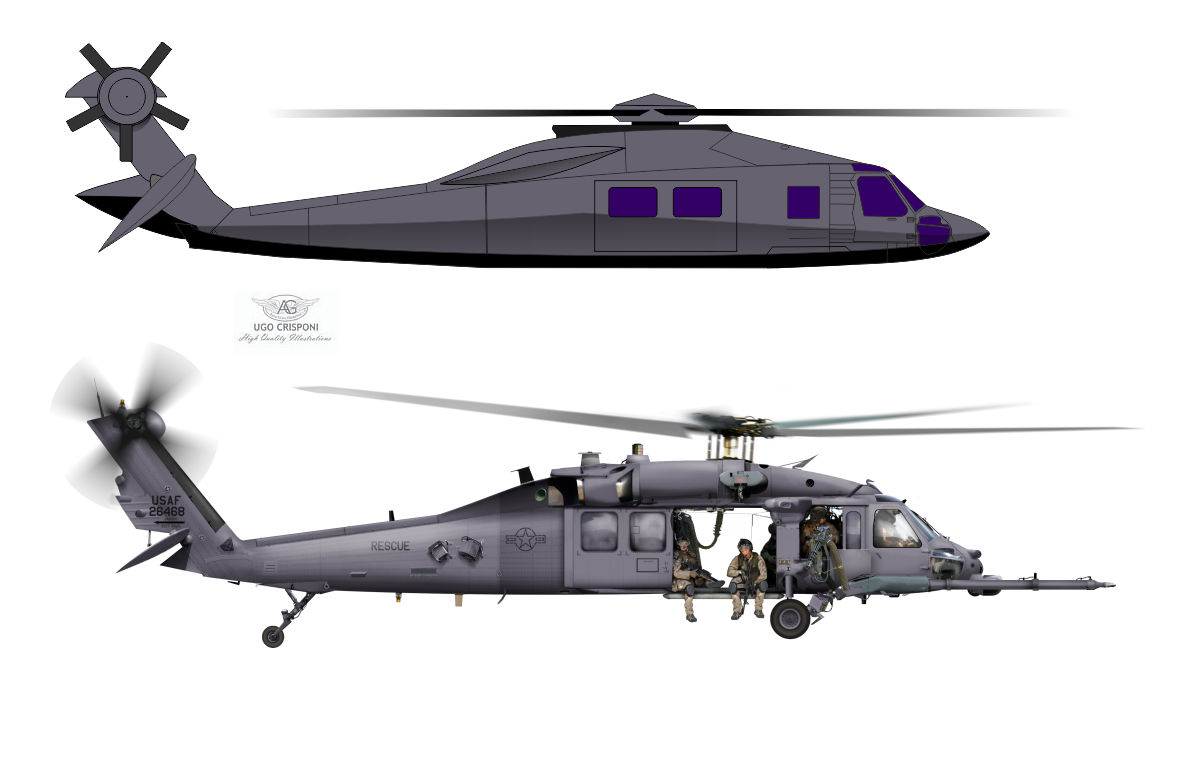Discovering the Thrills and Innovations of the Blackhawk Helicopter
The Blackhawk helicopter stands as a testimony to armed forces aeronautics's evolution, merging technological innovations with useful applications. What exists in advance for this iconic aircraft, and just how will arising technologies shape its future in armed forces operations?
Background of the Blackhawk Helicopter
Since its creation in the 1960s, the Blackhawk helicopter has actually played a crucial function in contemporary army aeronautics. Developed by Sikorsky Aircraft, the UH-60 Blackhawk was made to meet the U.S. Army's need for a functional utility helicopter with the ability of doing a selection of missions, consisting of army transportation, clinical emptying, and freight airlift. The design was a reaction to the restrictions of earlier helicopters, especially in terms of survivability, rate, and ability to move.
The Blackhawk made its initial flight in 1974 and quickly entered solution in 1979. Its introduction marked a considerable improvement in helicopter innovation, featuring a two-rotor system that improved efficiency and stability. The airplane's tough construction and advanced avionics permitted it to operate properly in diverse atmospheres and problems.
Throughout the years, the Blackhawk has actually been continually upgraded, integrating lessons gained from various fight scenarios. Its deployment in conflicts such as the Gulf Battle, Somalia, and the War on Terror additional strengthened its track record as an essential property. The Blackhawk's legacy is identified by its flexibility and resilience, making it a keystone of army air travel for decades.
Trick Features and Specs
The Blackhawk helicopter is identified by its robust style and progressed technological functions, which collectively improve its operational capabilities. Designed primarily for utility objectives, the Blackhawk boasts an optimum departure weight of roughly 22,000 extra pounds, allowing it to lug significant hauls while preserving agility.
Geared up with 2 General Electric T700-GE-701C engines, the Blackhawk achieves an optimal rate of around 183 knots and a variety of 368 nautical miles - Blackhawk Helicopter. Its cutting edge blades system includes a four-blade major blades and a four-blade tail blades, making sure security and maneuverability in numerous flying problems
The helicopter's cabin can accommodate as much as 11 troops or various freight setups, showcasing flexibility in mission accounts. Additionally, the Blackhawk is created with sophisticated avionics, including digital flight controls and a comprehensive cabin screen, boosting pilot situational awareness.
For improved survivability, the Blackhawk includes ballistic armor and self-sealing fuel storage tanks. Its ability to operate in diverse environments, from deserts to icy terrains, further strengthens its credibility as a reputable system for humanitarian and military procedures alike. The Blackhawk's combination of adaptability, power, and durability makes it a foundation of modern-day aerial capabilities.
Developments in Modern Technology
Innovations in innovation have significantly boosted the capabilities of the Blackhawk helicopter, guaranteeing it continues to be at the leading edge of armed forces aeronautics. One of the most noteworthy advancements is the combination of sophisticated avionics systems, which supply improved situational understanding with real-time information processing and display. This innovation allows pilots to browse intricate environments better, enhancing goal success rates.

Additionally, the intro of electronic fly-by-wire systems has actually revolutionized the control mechanisms of the Blackhawk, offering smoother handling and boosted responsiveness. These systems facilitate sophisticated ability to move, vital in high-stakes situations. Developments in communication and networking innovations make it possible for seamless coordination amongst devices, improving general operational efficiency. Jointly, these technological advancements make certain that the Blackhawk helicopter stays a vital property in modern army procedures.
Roles in Armed Force Procedures
With advanced innovation boosting its capacities, the Blackhawk helicopter plays a diverse role in armed forces procedures. Largely, it is employed for troop transport, allowing fast release and removal of workers in various combat situations. Its large cabin can suit up to 11 troops, making it an important possession for unique procedures and large missions.
Additionally, the Blackhawk works as a medevac platform, equipped to transfer injured soldiers rapidly and effectively from the field of battle to clinical facilities - Blackhawk Helicopter. Its flexibility includes logistical support, where it brings materials and devices crucial for sustaining army operations in remote areas

The helicopter is additionally crucial in reconnaissance goals, giving aerial surveillance and intelligence-gathering capacities. Its capacity to operate in varied environments-- varying from city settings to extreme surfaces-- more strengthens its value on the field of battle.
Additionally, the Blackhawk can be outfitted with advanced weapons, allowing it to involve in battle and provide close air assistance. This versatility underscores the helicopter's essential role in modern-day armed forces strategies, making it a vital component of armed pressures worldwide.
Future Advancements and Innovations
Innovations in innovation assurance to usher in a new age for the Blackhawk helicopter, boosting its capabilities and operational performance. Future developments for the Blackhawk may include improvements in avionics, such as innovative flight control systems and enhanced situational understanding devices powered by artificial intelligence.
Moreover, the assimilation of unmanned systems is on the perspective, potentially permitting manned-unmanned teaming procedures that can increase goal profiles and decrease danger to workers. visit here The Blackhawk's layout is also expected to integrate lighter and more powerful products, boosting gas efficiency and overall performance.

Conclusion
To conclude, the Blackhawk helicopter represents a substantial achievement in armed forces aviation, identified by its adaptability and advanced technical features. Its historic evolution shows a continuous feedback to operational requirements, enhancing capabilities in numerous functions such as troop transportation and medevac procedures. Continuous advancements, including the combination of synthetic knowledge and hybrid-electric propulsion, promise to further reinforce the Blackhawk's performance and importance in future armed forces interactions, ensuring its status as a crucial asset on the battleground.

With advanced technology improving its abilities, the Blackhawk helicopter plays a diverse function in military operations. (Blackhawk Helicopter)
Comments on “Why the Blackhawk Helicopter Continues to Lead in Versatile and Dependable Airplane”